Description
This Temperature Weather Lesson makes it simple to explain the concept of temperature. Use the 5-day temperature trackers to have your students record the daily temperature in the morning, afternoon, and evening. Students will put their observation skills to the test after the week by answering questions about their temperature trackers. Your learners will utilize their detective skills to connect the temperature gauge to written temperatures, temperature to seasonal clothing, and greater than and less than skills. Don’t forget about the temperature gauge project, in which your students will create a functional gauge that may be utilized with many activities in your weather lessons.
The Temperature Weather Lesson includes:
- Teacher’s Guide
- 8×10″ ASL Anchor Wall Chart
- Caregiver’s Guide
- 5-Day Temperature Tracker (morning, afternoon, evening)
- Temperature Observation Sheets
- 2 Matching Temperature Worksheets
- Greater/Less than Worksheet
- Temperature Gauge Craft
- ASL Dictionary link
There are more activities for this mini-lesson in the teacher and caregiver guides. These activities about temperature can be printed and used in the classroom or at home. The sign language anchor wall chart will help your kids learn and remember vocabulary. With the ASL Dictionary link, you can confidently sign even if you don’t know the sign.
🌡️ Encourage your students to look for temperature patterns while they practice sign language and discuss these topics:
- What is the temperature today?
- What will the temperature be like tomorrow?
- How regularly is the temperature forecast correct?
- How often is it incorrect?
- How does the temperature affect our daily lives?
Common Core
- CCSS.L.K.2 Demonstrate command of the conventions of standard English capitalization, punctuation, and spelling when writing.
- CCSS.W.K.2 Use a combination of drawing, dictating, and writing to compose informative/explanatory texts in which they name what they are writing about and supply some information about the topic.
- CCSS.W.K.7 Participate in shared research and writing projects (e.g., explore a number of books by a favorite author and express opinions about them).
- CCSS.K.CC.C.6 Identify whether the number of objects in one group is greater than, less than, or equal to the number of objects in another group, e.g., by using matching and counting strategies.
- CCSS.K.MD.A.2 Directly compare two objects with a measurable attribute in common, to see which object has “more of”/”less of” the attribute, and describe the difference. For example, directly compare the heights of two children and describe one child as taller/shorter.
- CCSS.K.MD.B.3 Classify objects into given categories; count the numbers of objects in each category and sort the categories by count.
- NGSSK-ESS2-1 Use and share observations of local weather conditions to describe patterns over time. Examples of qualitative observations could include descriptions of the weather (such as sunny, cloudy, rainy, and warm); examples of quantitative observations could include numbers of sunny, windy, and rainy days in a month. Examples of patterns could include that it is usually cooler in the morning than in the afternoon and the number of sunny days versus cloudy days in different months. Assessment of quantitative observations limited to whole numbers and relative measures such as warmer/cooler.
5-Day Weather Challenge
Teach Weather in the Classroom the Fun Way with English and Sign Language. Wondering where to start? This five-part training provides step-by-step guidance and ASL PDF resources to help you succeed.
Learn more here! Weather in the Classroom
👉🏿 Additional Resources 👈🏻
Collect more Weather fun here.
ASL Boom™️ Cards here.
Sign Language Books on Amazon here.
Subscribe to our YouTube channel.
Sign Language in the Classroom: Quick Guide here.
Love this product? Explore Membership Options Here!

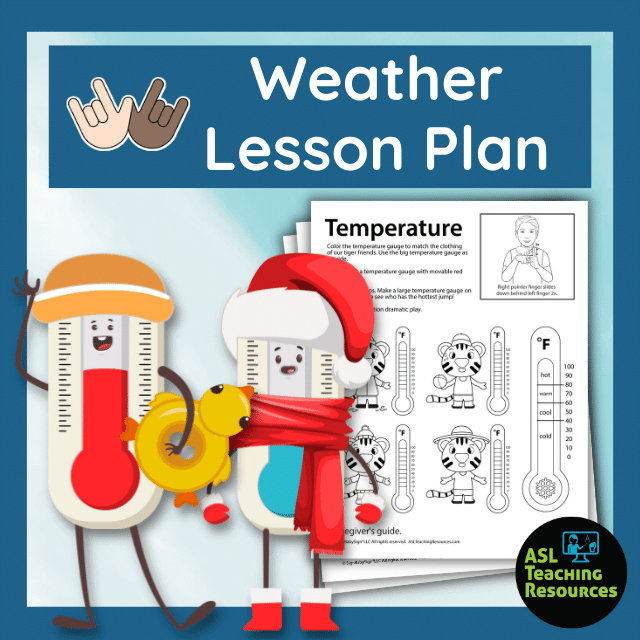
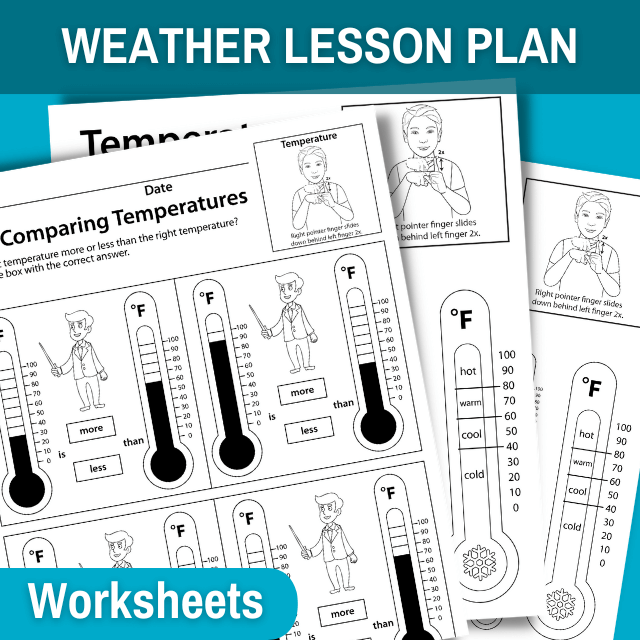
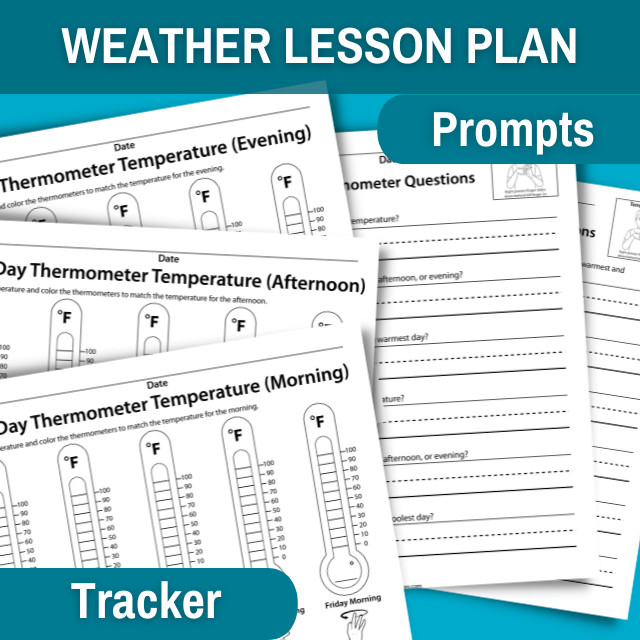
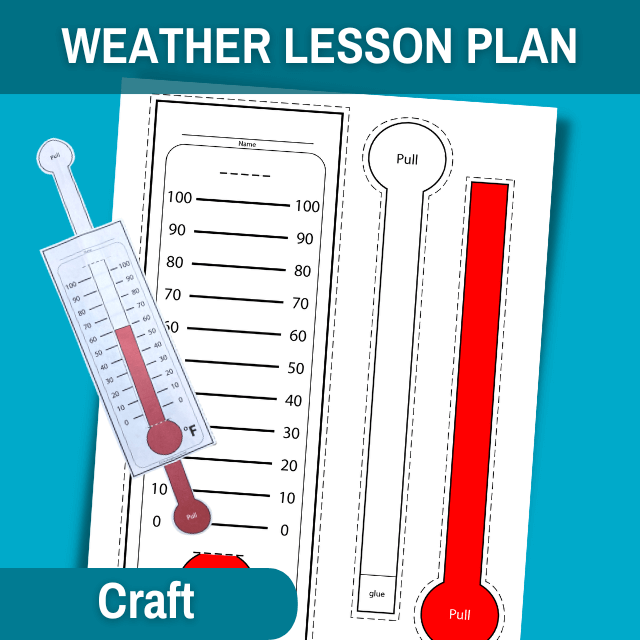


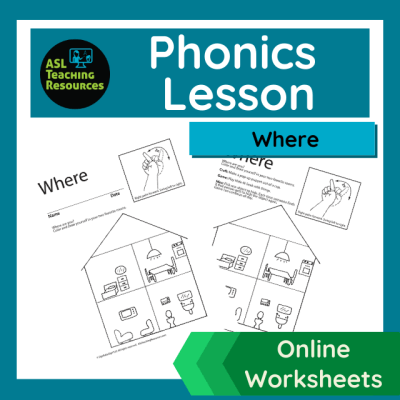

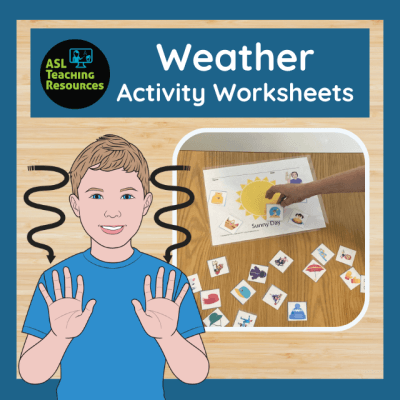
Reviews
There are no reviews yet.